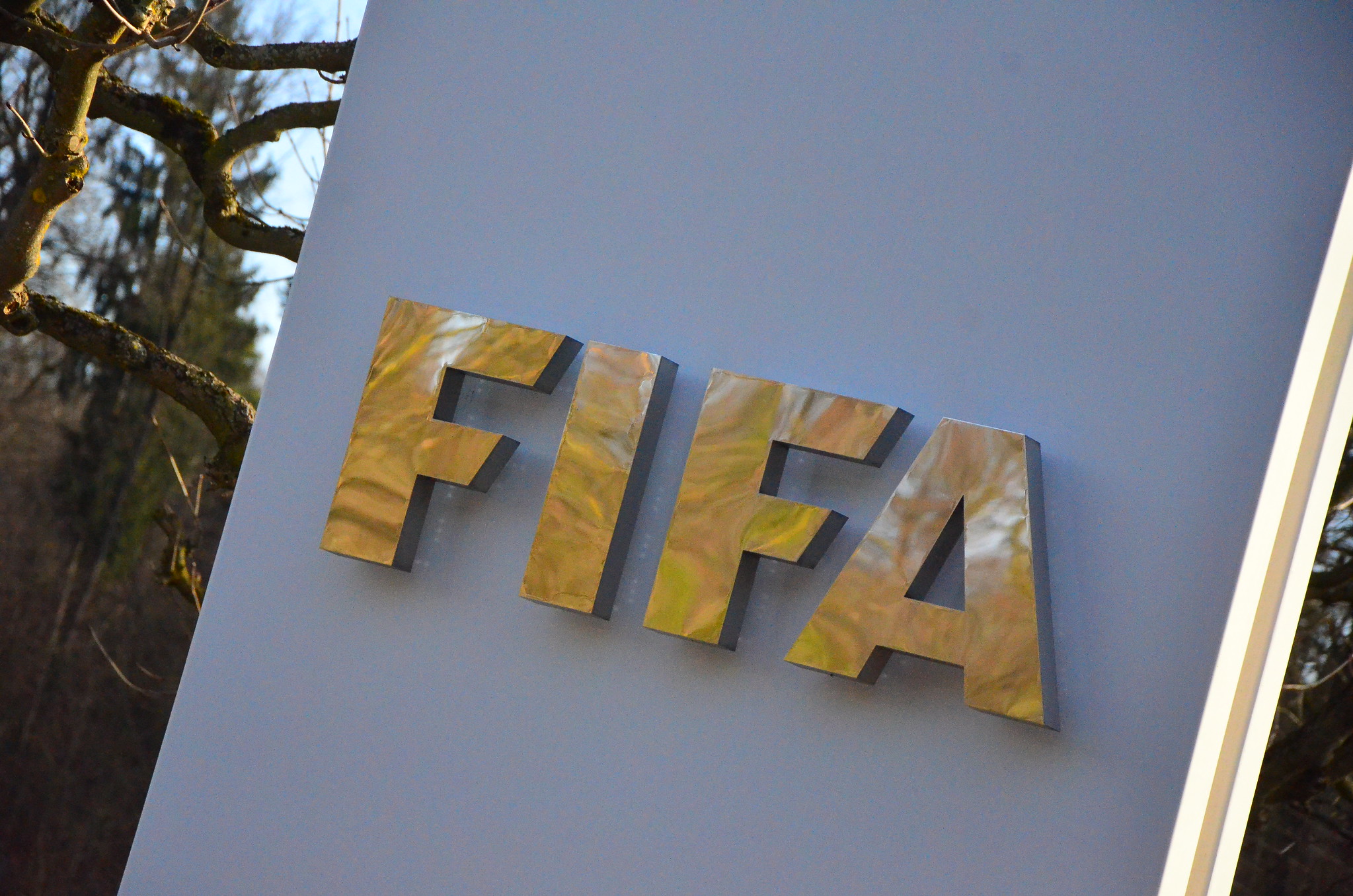On December 8, 2024, Syria’s brutal 13-year civil war entered what appeared to be a decisive and transformative phase.
A country devastated by conflict, with hundreds of thousands killed, millions displaced, and countless others disappeared into President Bashar al-Assad’s notorious prison complexes, found itself at a historical crossroads. In late November, Turkish-backed forces led by Hay’at Tahrir al-Sham (HTS) swept south from Idlib, capturing city after city on the path to Damascus. The collapse of the Syrian Army and the refusal of Russia and Iran to intervene marked the fall of the Assad regime. When Damascus fell, President Assad fled to Moscow, ending nearly six decades of Assad family rule.
A Nation Reborn?
For many Syrians, this moment was one of celebration and hope. Streets were filled with jubilant crowds, statues of the old regime were toppled, and the nation’s flag was replaced. Yet, for minority groups like the Kurds, Christians, and Alawites, the future seemed uncertain under a new regime led by HTS, a Sunni Islamist group that, while claiming to have severed ties with al-Qaeda in 2012, remained controversial and labeled a terrorist organization by the UN, US, UK, and EU.
One of the earliest symbols of change came from the realm of sports. Within 24 hours of Damascus falling, the Syrian Arab Football Federation announced a new national team uniform. The traditional red kit, associated with the Ba’athist flag under Assad, was replaced with green, symbolizing the new Syria. This shift highlighted the powerful symbolism of football in Syrian society, a sport that had long been entwined with politics and propaganda under the Assad regime.
Football Under the Assad Regime
Since Hafez al-Assad seized power in 1971, the Ba’ath Party controlled every facet of Syrian life, including football. The country’s most influential and popular sport became a tool for state propaganda. The Syrian League was dominated by Al-Jaish (the Army team), which benefited from government favoritism and compulsory national service, ensuring the country’s best players joined their ranks.
In 2000, Bashar al-Assad’s rise to power brought hopes of reform. The football league saw limited privatization, and clubs like Al-Karamah from Homs briefly disrupted Al-Jaish’s dominance. Al-Karamah reached the Asian Champions League final in 2006, and the national team qualified for the 2011 Asian Cup finals for the first time in 15 years. However, these successes were fleeting. When the Arab Spring protests erupted in 2011, the regime’s violent suppression plunged Syria into a multifaceted civil war.
Football in the Shadow of War
The conflict forced Syrian football into disarray. Players faced impossible choices: boycott the national team or participate and risk being seen as regime supporters. Some, like national team goalkeeper Mosab Balhous, were imprisoned for alleged ties to rebels. Others, including star players Firas Al-Khatib and Omar Al-Somah, boycotted the team in protest. International football in Syria was banned, and the league’s matches were confined to government-controlled areas.
Amid the chaos, individual stories highlighted the profound impact of the war. Abdulbaset Al-Sarout, a national team goalkeeper from Homs, became a symbol of resistance. Known as the “Singing Goalkeeper” for his ability to rally crowds with his voice, he transitioned from sports hero to rebel leader after the siege of Homs. Al-Sarout’s life mirrored the tragedy of Syria; he lost family members, took up arms, and was killed in action in 2019.
The National Team as a Propaganda Tool
Despite the war, the Assad regime used the national team to project unity and resilience. Players like Al-Khatib and Al-Somah returned under duress, believing they could inspire hope for Syrians. However, they paid a steep price, being coerced into making public statements praising Assad. The team’s near-qualification for the 2018 World Cup became a brief rallying point, though they ultimately fell short in a playoff against Australia.
A New Era for Syrian Football?
With the fall of Assad, the future of Syrian football remains uncertain. The symbolic shift to a green kit represents a break from the past, but challenges persist. The national team, already eliminated from the 2026 World Cup qualifiers, is now focusing on the 2027 Asian Cup in Saudi Arabia. A potential home match in March 2025 against Pakistan could mark the first time Syria hosts an international game in 14 years, a powerful symbol of the country’s attempts to rebuild.
As the nation grapples with rebuilding, football offers a glimmer of hope and unity. Its evolution will reflect Syria’s broader journey—one fraught with challenges but also filled with the possibility of renewal and redemption.







